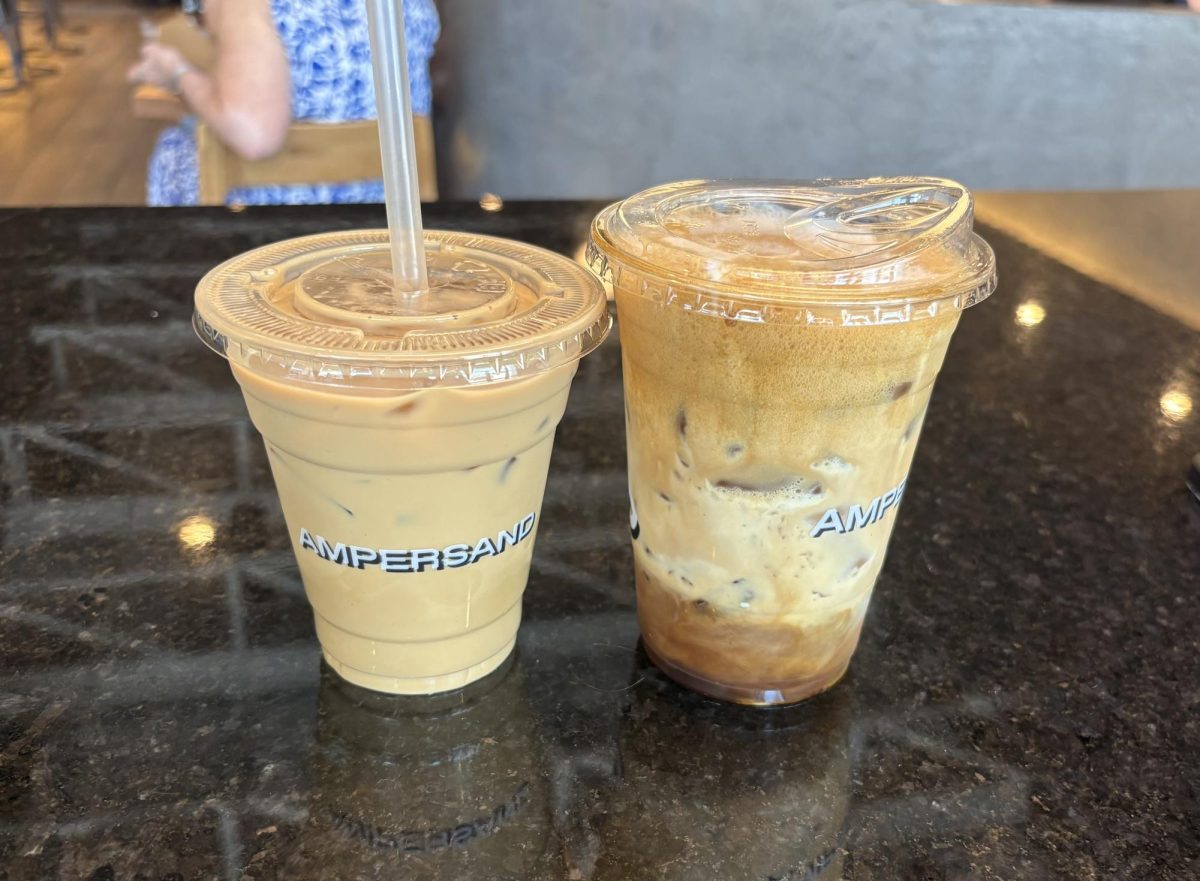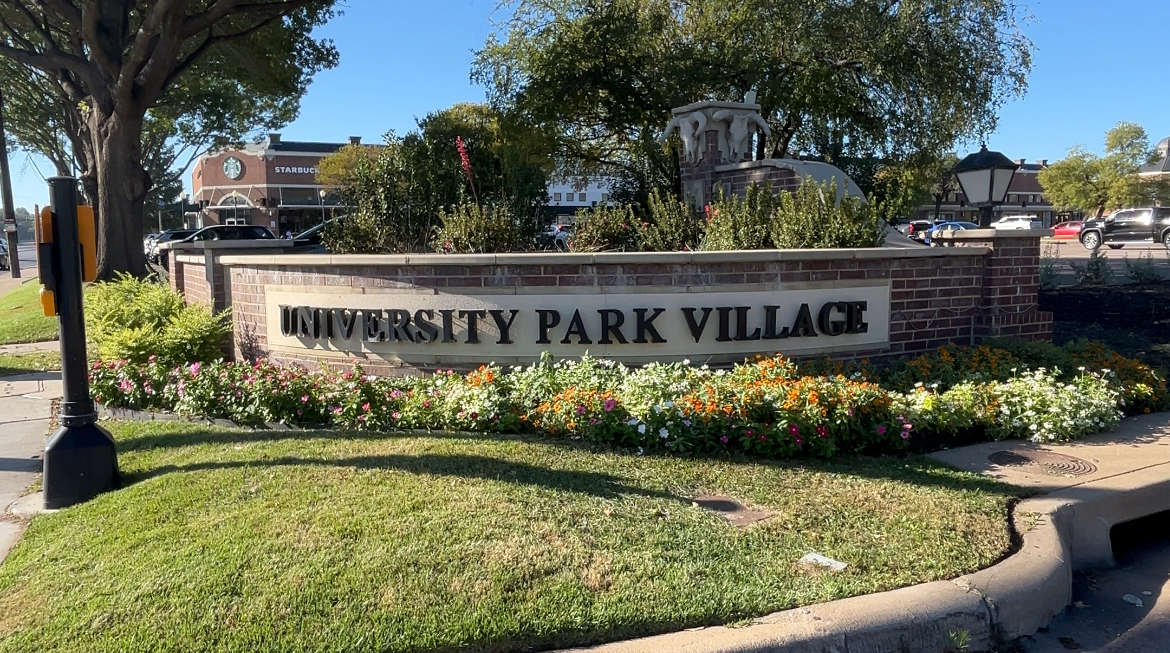This year, the Fort Worth Police and Firefighters Memorial was tagged with graffiti its fiirst time.
The graffiti was removed immediately from the memorial, which is located on the north end of Trinity Park along West 7th Street, about three miles north of the 109.
According to the memorial chairman, police Sgt. Kevin Foster, cleaning graffiti as soon as possible is the biggest deterrent.
Although graffiti may be unusual at the memorial site, it doesn't mean it won’t happen again and that there aren’t other sites around Fort Worth being tagged regularly.
Graffiti includes any type of writing on a wall. Tagging is when a graffiti artist writes his or her name on a surface. A "tag" name is the alias that a graffiti artist paints on the wall he tags.
There have been more than twenty reported graffiti sites in the 109 since October 2013. Detra Call, senior administrative assistant of the city’s Graffiti Abatement Program, said that they suspect the taggers in the 109 are aged 10-25 and are either students at Paschal High School or students of the local elementary schools.
In the 109 area, the tags are not usually gang-related tags, Call said.
“Taggers will make up their own nickname with symbols and tag poles, stop signs, sometimes a garage, dumpsters, or the back of commercial buildings,” she said.
The goal of Fort Worth’s Graffiti Abatement Program is to minimize graffiti in Fort Worth by cleaning it up and educating the community about graffiti.
Call said graffiti has always been an issue in Fort Worth. In comparison to other Texas cities, San Antonio has more graffiti than all of Dallas, Arlington and Fort Worth combined, she said.
The main difference between Fort Worth and Dallas is that there is more graffiti on the main freeways in Dallas than the freeways in Fort Worth, Call said.
Fort Worth’s graffiti tags are usually made with spray paint and are either a gang-related tag or a tagger’s nickname. Once a graffiti tag has been reported to the abatement program, the tag is labeled as either level one, level two, or a level three, depending on the degree of urgency to abate the tag, Call said.
Depending on the tag’s location and if it is a threat to the mayor or chief, it is considered a ‘level one,’ and it will be abated within 24 hours of the report being made, Call said. A ‘level two’ is any gang-related tag, and it will be abated within 48 hours of the report. A ‘level three’ is a nickname tag, which will be abated within 72 hours of the report.
“Taggers are trying to get their name out and usually feed off of the adrenaline rush,” Call said.
The abatement program has never caught taggers in the act, but Call said taggers have been caught by the police, usually between 11 p.m. and 4 a.m. Vandalizing homes with graffiti is considered a misdemeanor. Graffiti becomes an automatic state jail felony if it involves a school, church, cemetery, public monument or community center.
“Some children do not realize that if they get a felony, they won’t be able to go to college, they can’t get a state license, and they can’t be in the military either,” she said.
The success of the Graffiti Abatement Program relies heavily on community involvement. Call said the issue she is focusing on is the people who don’t recognize graffiti and therefore don’t report it. Without the report, it is less likely for the graffiti to be cleaned in a timely manner.
“Most people don’t know that the random lines or writing with paint pens is graffiti, so it doesn't get reported,” she said.
The Graffiti Abatement Program has been in operation since 1992. It started out as a paint bank that provided people with paint for them to cover up the graffiti themselves. Now, the program cleans up the graffiti and also educates the community. Call said they gain the community’s trust by talking with neighborhood associations, public schools, and many youth groups or youth-based groups of the inner-city.
Call, who has been the senior administrative assistant for a year, said her focus is on community involvement.
“Without help from the community, the tagging won’t get reported. Once I gain the trust of property owners, they will report the graffiti to me,” she said.
Call said she frequently conducts presentations at public schools and has found them to be an effective way to educate the community about graffiti.
“The kids go home with bracelets, pens and magnets that I hand out, which has led to moms, dads, and grandparents calling me,” she said. “Not only do they call to abate, they ask what they can do to help.”
She said children will even recognize her in public and tell her they have recognized graffiti in the area and called in a report.
Call said people can report graffiti by making a phone call to her office or by submitting a picture from their smart phone using the myFtWorth application, available at the Apple App Store or the Android Marketplace.
Taggers usually have a limited amount of resources, Call said, but the Graffiti Abatement Program has enough funds to clean up the graffiti. Call said the program used $464,000 of its budget to clean up graffiti in 2013.



